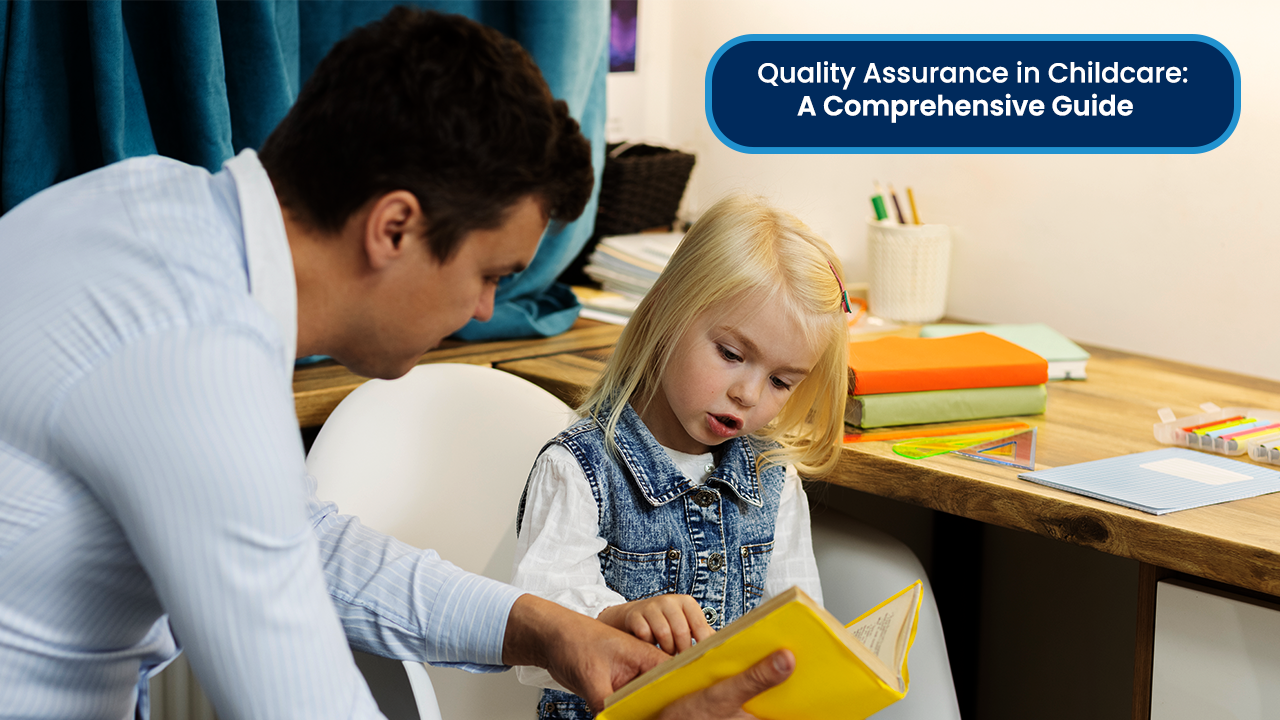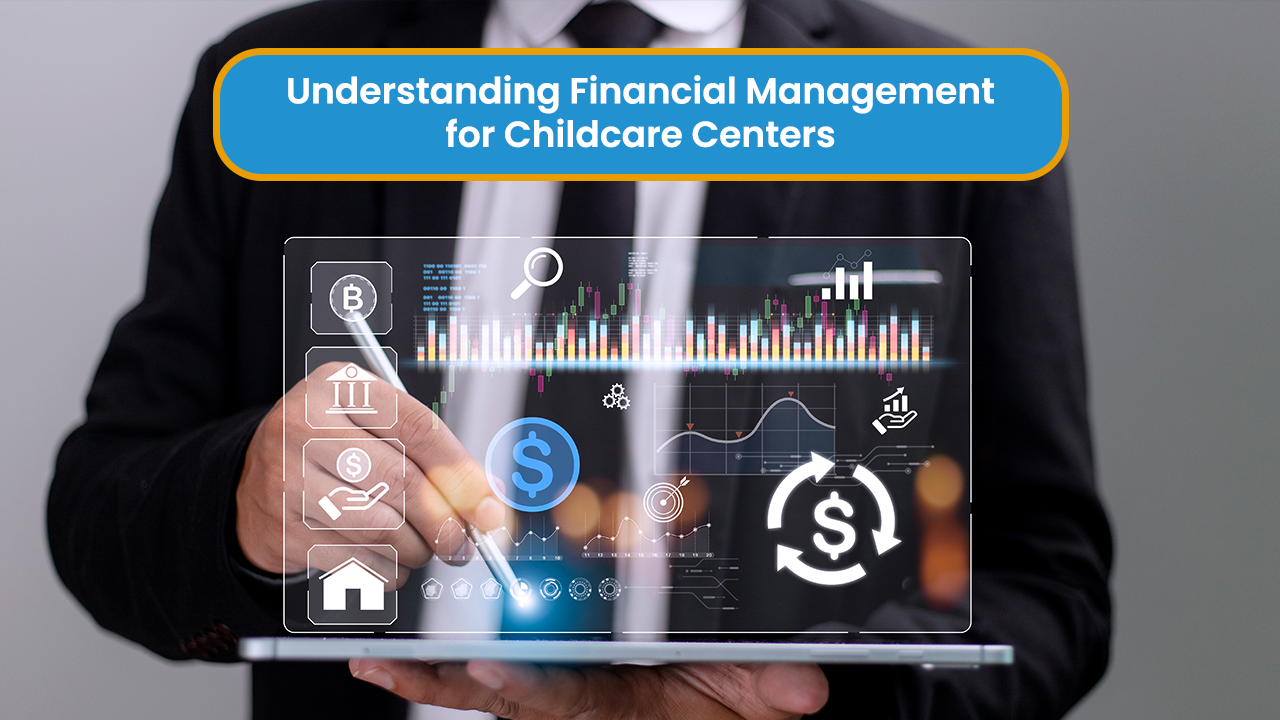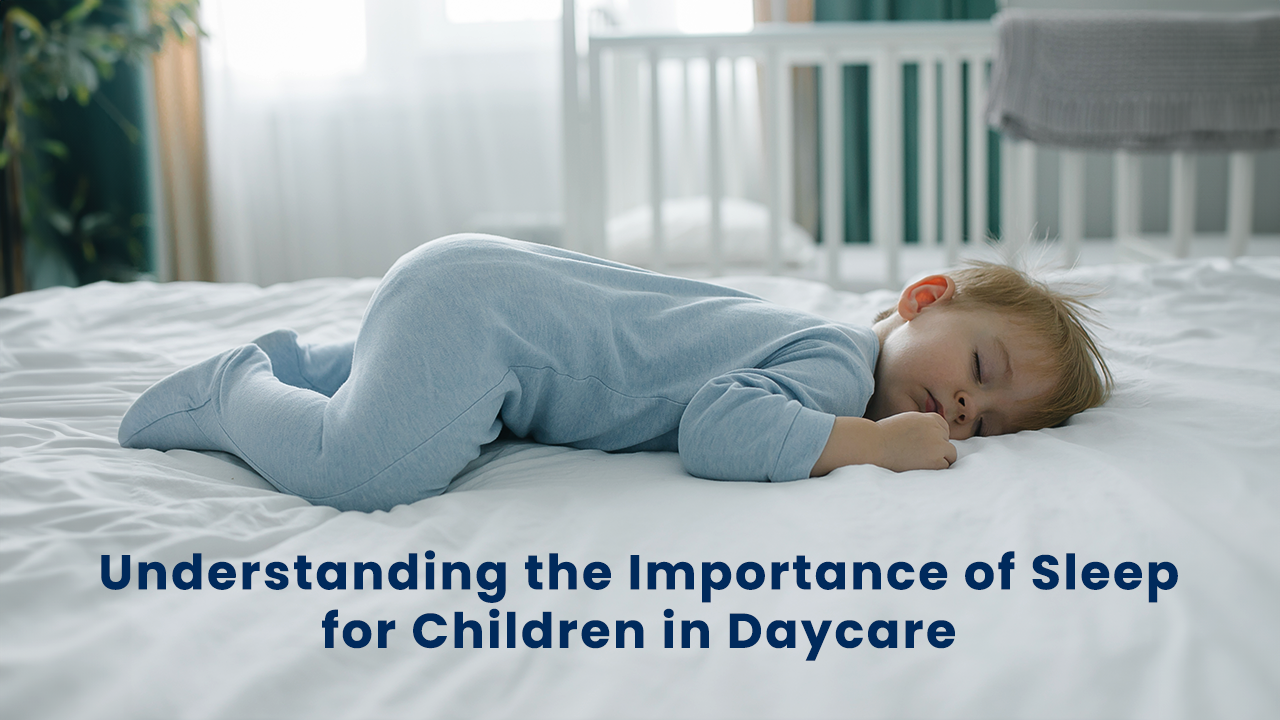
Childcare is not just a service; it’s a responsibility entrusted with the most precious treasures of our society—the children. Parents rely on childcare facilities to provide a nurturing, safe, and enriching environment for their little ones while away. In this blog, we delve into the importance of quality assurance in childcare. Moreover, we highlight how it safeguards the well-being and development of children.
Understanding Quality Assurance in Childcare
Quality assurance in childcare encompasses a set of principles, standards, and practices. Aiming to maintain and improve the quality of care provided to children. It involves systematic monitoring, evaluation, and continuous improvement. This ensures that childcare settings meet or exceed regulatory requirements and best practices.
Key Components of Quality Assurance in Childcare
Licensing and Accreditation:
Childcare facilities must adhere to licensing regulations set by governing bodies to ensure basic safety and health standards. Additionally, voluntary accreditation programs, such as those offered by national organizations, set higher quality standards in curriculum, staff qualifications, and parent involvement. Learn more about the importance of childcare licensing regulations.
Health and Safety Measures:
Ensuring the physical safety and well-being of children is paramount in childcare settings. Quality assurance protocols include rigorous safety inspections, emergency preparedness plans, proper sanitation practices, and adherence to health guidelines, such as immunization requirements. Learn more about childcare center safety management.
Staff Training and Qualifications:
Qualified and well-trained staff play a crucial role in providing quality childcare. Quality assurance initiatives focus on hiring educators and caregivers with appropriate credentials, ongoing professional development opportunities, and regular performance evaluations to ensure competence and commitment to child welfare. Learn more about the importance of ongoing training for daycare staff.
Curriculum and Learning Environment:
Quality childcare goes beyond babysitting; it fosters children’s holistic development through age-appropriate curriculum and stimulating learning environments. Quality assurance frameworks emphasize the importance of play-based learning, individualized instruction, and the incorporation of diverse cultural experiences to promote cognitive, social, and emotional growth.
Family Engagement and Communication:
Effective communication and partnership with parents are integral to quality childcare. Quality assurance practices encourage open dialogue, regular updates on children’s progress, and opportunities for parental involvement in decision-making processes, creating a supportive network that enhances the overall well-being of children. Discover more about the most effective daycare parent communication strategies.

Benefits of Quality Assurance in Childcare
Enhanced Child Development:
Quality assurance in childcare fosters environments that stimulate children’s cognitive, social, and emotional development. Children build essential skills and confidence through age-appropriate activities and nurturing interactions, laying a solid foundation for future learning and success.
Parental Peace of Mind:
Parents can confidently entrust their children to childcare facilities, knowing that rigorous safety protocols, qualified staff, and enriching experiences are provided. This peace of mind lets parents focus on their work or other commitments, fostering a positive work-life balance and reducing stress.
Long-term Positive Outcomes:
High-quality childcare yields long-term benefits for children, including improved educational attainment, socio-economic outcomes, and overall well-being. Quality assurance initiatives nurture early development and resilience, setting children on a trajectory for success.
Community Well-being:
Quality childcare facilities contribute to communities’ overall health and vitality by supporting working families, promoting child welfare, and preparing future generations to become active and productive members of society. Vital childcare programs foster a sense of belonging and community cohesion, enhancing the well-being of families and neighborhoods alike.
Strategies for Enhancing Quality Assurance in childcare settings
Continuous Staff Training and Professional Development:
Investing in childcare staff’s ongoing training and professional development is essential for maintaining and improving quality assurance. Regular workshops, seminars, and courses can keep educators updated on early childhood education’s latest research, best practices, and regulatory requirements. Additionally, providing opportunities for career advancement and specialization can enhance staff motivation and expertise, ultimately benefiting the quality of care provided to children.
Regular Quality Assessments and Evaluations:
Implementing regular quality assessments and evaluations allows childcare providers to identify areas of strength and areas for improvement within their programs. This can involve self-assessment tools, external evaluation by regulatory bodies or accreditation agencies, and feedback from parents and stakeholders. By systematically reviewing and analyzing these assessments, childcare facilities can develop targeted action plans to address deficiencies and enhance overall quality.
Cultivating a Culture of Continuous Improvement:
Fostering a culture of continuous improvement is fundamental to maintaining and enhancing quality assurance in childcare. Encouraging open communication, collaboration, and innovation among staff members cultivates a shared commitment to excellence. Creating avenues for staff input and feedback, such as regular meetings or suggestion boxes, empowers employees to contribute ideas for improvement and take ownership of their roles in enhancing quality.
Engaging Families as Partners:
Family engagement is a cornerstone of quality childcare, and involving parents as partners in the quality assurance process is essential. Regular communication channels, such as digital platforms like 360Daycare, keep parents informed about their child’s development and engaged in their learning journey. Soliciting feedback from parents through surveys or focus groups provides valuable insights into their needs and preferences, enabling childcare providers to tailor their services accordingly and strengthen the partnership between home and childcare.
Embracing Technology and Innovation:
Harnessing technology and innovation can streamline administrative tasks, improve communication, and enhance the learning experience for children in childcare settings. Utilizing digital tools for record-keeping, communication with parents, and educational activities can increase efficiency and effectiveness while keeping pace with evolving trends and expectations in early childhood education.
Conclusion:
Maintaining and improving quality assurance in childcare is a multifaceted endeavor that requires dedication, collaboration, and a commitment to continuous learning and improvement. By prioritizing staff training, conducting regular assessments, fostering a culture of continuous improvement, engaging families as partners, and embracing technology and innovation, childcare providers can ensure that they are providing the highest quality of care and education for children, setting them on a path for lifelong success and well-being.


